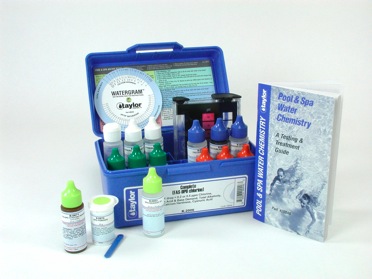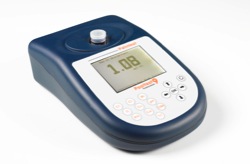Tech tips - Tried & True methods for accurate Chlorine & pH readings

Tuesday, January 16, 2007






For basic everyday test kit readings on smaller commercial pools, CES recommends the K2006 test kit. This kit uses the same pH, Alkalinity, Calcium Hardness, and Stabilizer tests as the K2005 kit. But, it has an accurate drop count chlorine test method, with 0.2 PPM increments & high upper limit.
To achieve more accurate & consistent pH readings, ALWAYS add ONE drop of R007 - Thiosulphate to the pH sample water before conducting test.



Many CES customers have upgraded to the accuracy and repeatability of digital testing.